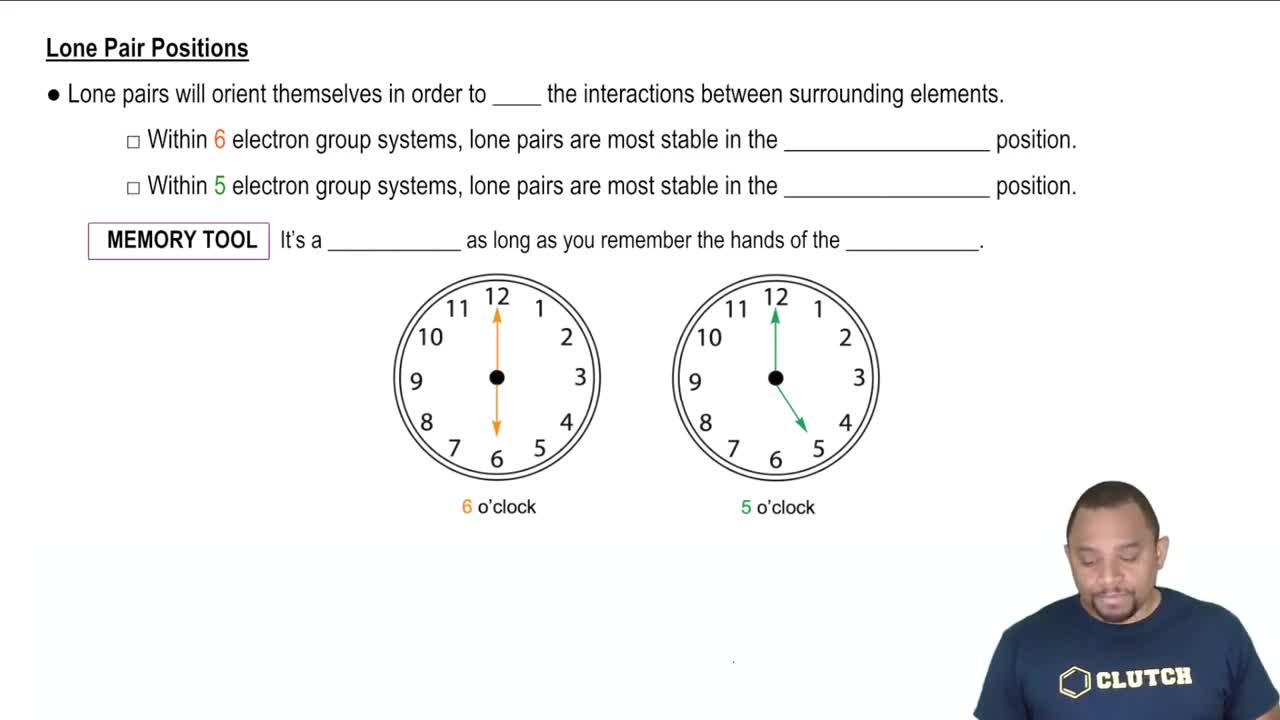Here are the essential concepts you must grasp in order to answer the question correctly.
Equilibrium Constant (Kc)
The equilibrium constant (Kc) is a numerical value that expresses the ratio of the concentrations of products to reactants at equilibrium for a reversible chemical reaction. It is calculated using the formula Kc = [products]^[coefficients] / [reactants]^[coefficients], where the concentrations are in molarity. A larger Kc indicates a greater concentration of products at equilibrium, while a smaller Kc suggests that reactants are favored.
Recommended video:
Equilibrium Constant Expressions
Stoichiometry
Stoichiometry involves the calculation of reactants and products in chemical reactions based on the balanced chemical equation. It allows us to determine the moles of substances involved in the reaction, which is essential for calculating concentrations. In this case, converting the masses of H2 and I2 to moles is necessary to find their concentrations in the equilibrium expression.
Recommended video:
Equilibrium Position
The equilibrium position refers to the state of a reversible reaction where the rates of the forward and reverse reactions are equal, resulting in constant concentrations of reactants and products. Understanding the initial concentrations and the changes that occur as the reaction reaches equilibrium is crucial for calculating Kc. In this scenario, knowing the amount of HI at equilibrium helps in determining how much H2 and I2 remain.
Recommended video:





